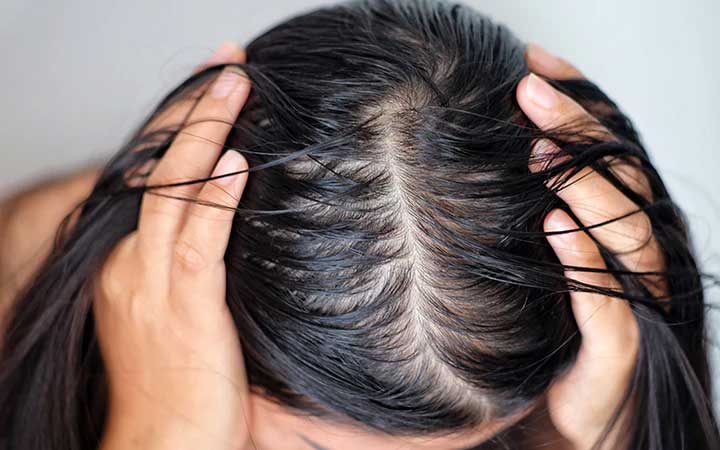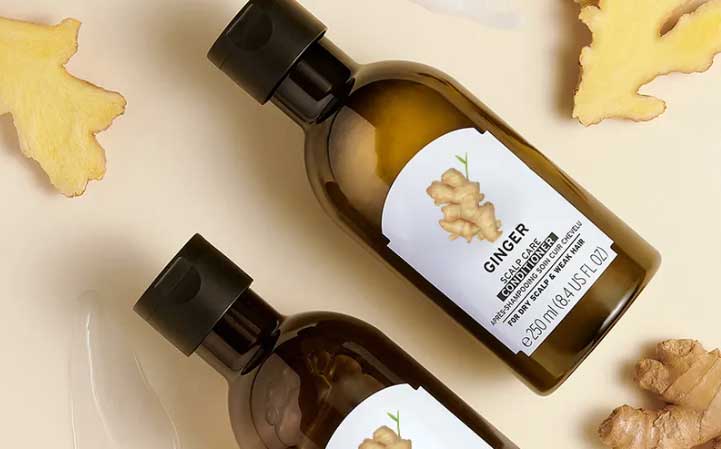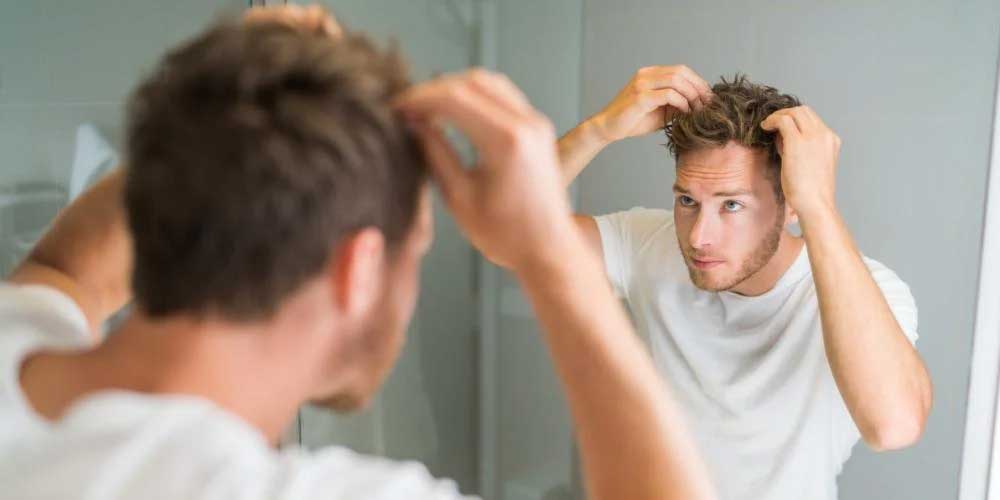
Ever feel like your hair looks greasy just a day after washing it? You’re not alone. Oily hair is a super common issue, and the good news is—it can be managed with the right care. In this guide, we’ll break down what oily hair really is, what causes it, how to tell if you have it, and most importantly, what shampoo is good for oily hair and how to treat it long-term.
Let’s start with the basics—why is my hair oily, anyway? Your scalp naturally produces a substance called sebum, which keeps your scalp and hair moisturized. But when your scalp produces too much oil, it can make your hair feel greasy and flat, even right after a wash.
Here are a few common reasons why that might be happening:

It often looks flat, greasy, and weighed down, especially near the roots. Even if you just washed it a day ago, oily hair can appear as if it's been a few days without a rinse. You might notice your hair clumping together, losing its natural bounce, and looking shiny—but not in a healthy, glossy way. It's more of a slick, damp look that doesn’t go away easily.
People with oily hair often find that their scalp feels heavy or greasy to the touch, and they might experience more scalp buildup or even mild itching. You may also find yourself using dry shampoo more often or needing to wash your hair daily just to feel clean.
If your hair starts looking limp, sticky, or like it’s stuck to your head by the afternoon, chances are—you’re dealing with oily hair.
If you’re dealing with oily hair, choosing the right shampoo can make a world of difference. You’ll want something that cleans effectively without stripping your scalp, since harsh shampoos can actually make oiliness worse by triggering more oil production.

Look for shampoos labeled as clarifying, oil-control, or balancing. These often contain ingredients like:
Tea tree oil – helps break down grease and has antimicrobial benefits.
Salicylic acid – gently exfoliates the scalp and clears buildup.
Charcoal – draws out impurities and excess oil.
Lemon extract or citrus oils – naturally cut through grease and leave a fresh feel.
Avoid shampoos with heavy moisturizers, silicones, or “hydrating” labels, as these tend to weigh hair down and add to the greasy look. And remember: even with the right shampoo, you don’t need to over-wash—2–3 times per week is enough for many people. Overwashing can dry your scalp, causing it to produce more oil to compensate.
Advice from a hair care manufacturer with years of experience: If you’re looking for a gentle, effective cleansing product that leaves your hair feeling fresh and light, choose a clarifying shampoo that is sulfate-free and contains natural oil-balancing ingredients.
Dealing with oily hair isn’t just about shampoo—your overall hair care routine plays a big role too. A proper treatment plan focuses on balancing your scalp’s oil production without drying it out or causing irritation.

Beyond shampoo, there are simple hair treatments for oily hair that can help restore balance:
Mix 2 tablespoons of ACV with a cup of water. Rinse after shampooing. This helps balance scalp pH and cut grease.
Bentonite or kaolin clay masks can absorb excess oil and even reduce itchiness or flaking.
Use a scalp scrub once a week to clear buildup and improve product absorption.
It’s a quick fix, not a treatment—but great for days when you need volume and freshness in seconds.
Dealing with oily hair can be frustrating, but once you understand why your hair gets oily and what it needs, managing it becomes much easier. From switching up your shampoo to trying simple scalp treatments, these changes can make a big difference.
Stick with lightweight, purifying formulas, avoid overwashing, and take a little extra care with your scalp—your hair will thank you.
Overactive oil glands, hormonal imbalances, and using the wrong hair products can all lead to greasy hair just hours after washing.
Occasionally, yes—but daily use may clog scalp pores. Use it between washes, not as a replacement.
Not directly, but excess oil can clog follicles and cause inflammation, which may contribute to hair thinning if left untreated.

